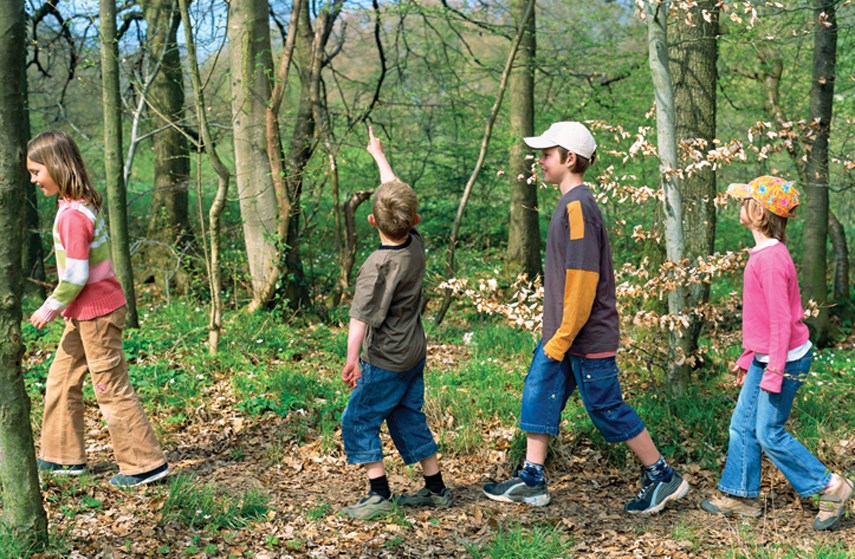The great outdoors can be a wonder to behold. Parks, nature preserves or even some time spent in the backyard can help men, women and children reconnect with nature.
While there is plenty to enjoy about the great outdoors, certain hazards are lurking. Ticks can be both a nuisance and a danger, potentially contributing to illnesses like Lyme disease. Recognizing the dangers of ticks and how to avoid tick bites can help people reduce their risk for contracting Lyme disease.
The Centers for Disease Control and Prevention note that, after hatching from eggs, ticks must eat blood at every stage to survive. It can take up to three years for a tick to complete its full life cycle, meaning it needs quite a few hosts to feed on.
Ticks are part of the arachnid family, but unlike spiders, ticks attach to the skin of an animal and suck its blood. Ticks can be found just about anywhere, but they tend to gravitate toward wooded areas or tall grasses, which offer them protection and good vantage points to find an animal host. Dog owners have no doubt encountered ticks in their lifetimes, as ticks are routine problems for dogs that are not properly protected. But ticks also prey on humans.
Ticks are and their bites are relatively painless, which can make it difficult for people to detect when they have been bitten. Many tick bites are harmless and do not require treatment. However, if bitten by a tick that is carrying Lyme disease or Rocky Mountain spotted fever, people may need to take an antibiotic to prevent any lasting health effects. As a result, people should always visit a doctor when bitten by a tick.
Pesticide repellants are some of the more effective and well-known methods to prevent tick bites and subsequent side effects. Many repellants can be used without negative side effects, but those who prefer to go a more natural route can take the following precautionary measures.
Watch habitats. Steer clear of grassy, wooded and brushy areas. Ticks also prefer humid conditions.
Stick to trails. Stay on trails when hiking or walking to avoid brushing up against areas where ticks may be hiding out.
Wear proper clothing. Light-colored clothing makes it easier to spot ticks that may have made their way onto a person. Tuck pants into socks, as ticks tend to climb onto hosts from the ground up. Bare ankles provide easy access.
Protect hair and heads. Wear a hat and/or keep long hair contained so that it isn’t an attractive hiding spot for ticks.
Shower immediately. After coming in from areas known for ticks, shower and launder clothing immediately. While showering, do a spot inspection looking for ticks on your body. Remember to look in hidden areas like under the arms, in and around the ears, inside the belly button, on the back of the knees, in and around the hair, between the legs, and around the waist.
Clean up the yard. Make your yard less habitable to ticks by mowing the grass regularly and removing leaf litter and trim shrubs. Also, use wood chips or gravel to serve as a barrier between lawns and wooded areas of the property.
Use natural oils. Ticks may not like the smell of garlic, lemon, eucalyptus, lavender, and rosemary, among others. Dotting your body with these infused oils may make you less attractive to ticks.




